Carnegie Hall in Lewisburg, WV
Introduction
Text-to-speech Audio
Images
The exterior of Carnegie Hall.
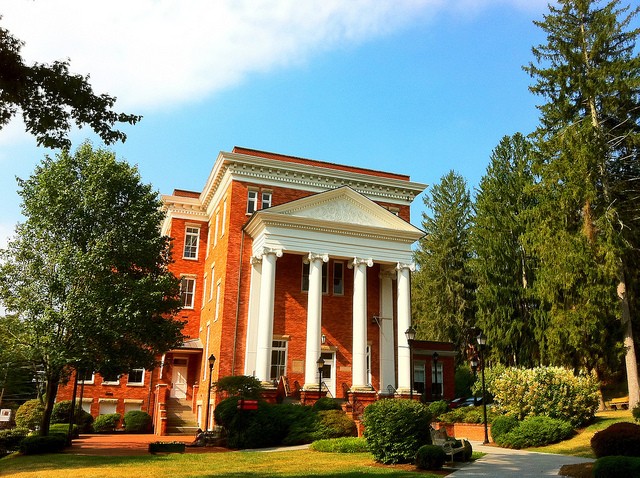
The current auditorium of Carnegie Hall where both local and famous acts perform.
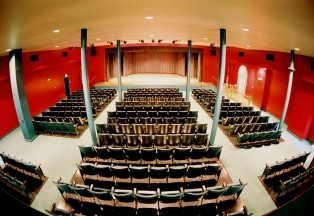
The historical marker outside Carnegie Hall.
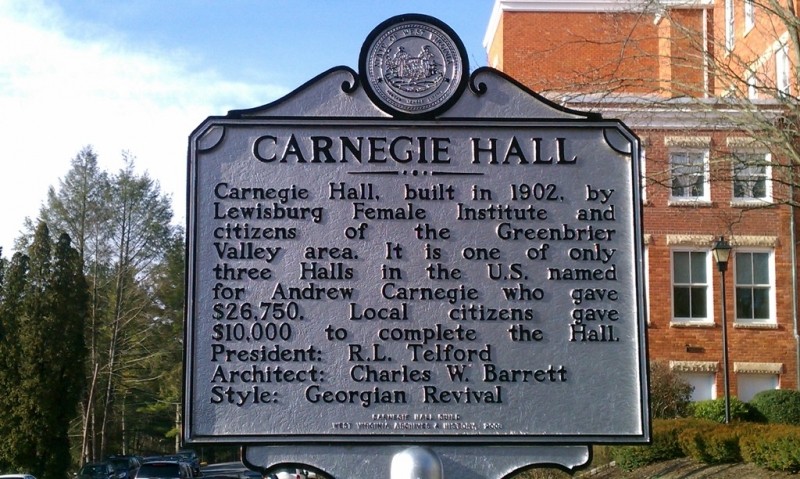
The 1959 Greenbrierettes, a select vocal group, standing on the foyer staircase in Carnegie Hall.
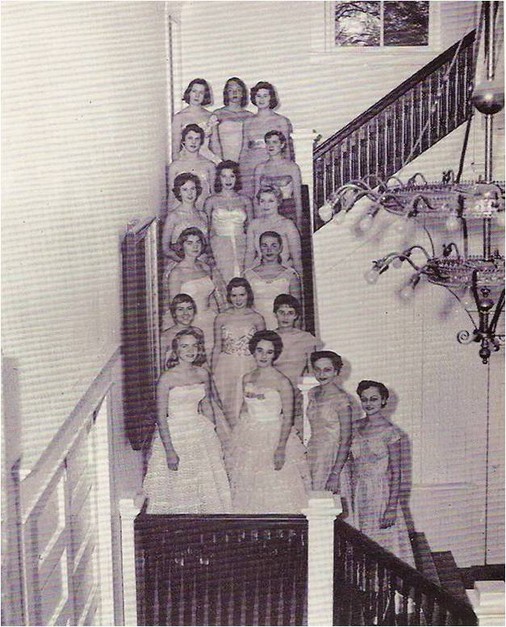
Students in the art studio of Carnegie Hall on the third floor in 1972. This was the final year the college remained open and the only year it allowed men to pursue education.

A postcard from the early 1900s featuring Carnegie Hall and the original Greenbrier Hall.
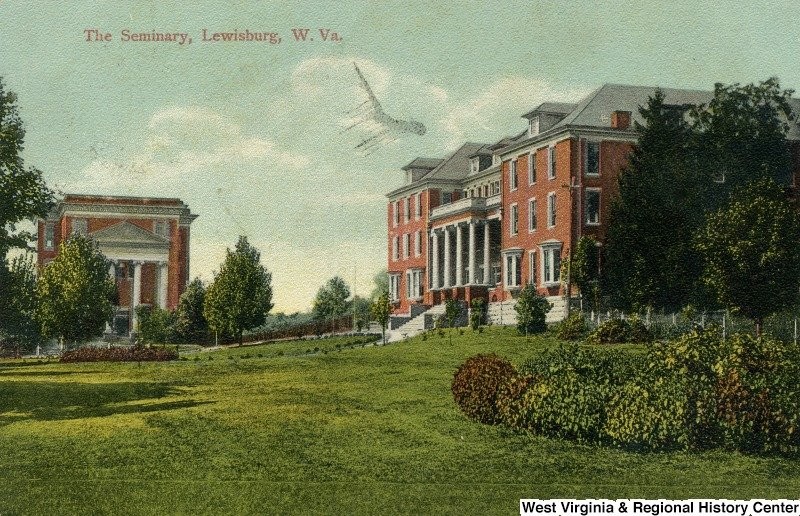
Backstory and Context
Text-to-speech Audio
Originally known as the Lewisburg Academy, the school was founded around 1812 by Presbyterian pastor Dr. John McElhenny as a co-educational institution. For unclear reasons, the Lewisburg Academy separated into two schools, the Greenbrier Military School and the Lewisburg Female Institute, in the 1870s. The Lewisburg Female Institute (LFI) was a girls’ boarding school, and students could attend from grades 1-12. The focus of LFI changed in 1937; women could only attend for four years, two years of high school and two years of college. There was always a heavy emphasis on the arts, with the majority of students enrolled in at least music class in the early 20th century. Throughout its history, girls could take courses in a variety of subjects including math, English, history, science, Bible, music, home economics, and secretarial work. On December 16, 1901, a fire destroyed the original buildings of the LFI. Classes were held at City Hall and The Greenbrier for the remainder of the year.
In the search for funding, the Rev. Dr. R. L. Telford, who was president of the Institute from 1892-1911, wrote to Mr. James Bertram, private secretary to Andrew Carnegie. Known for his philanthropic efforts, Carnegie initially donated $20,000 for the new building then contributed another $6,750 for the completion of the auditorium. Carnegie asked the local community to contribute $10,000. The total cost of construction would be a little over $1 million in today’s dollars.
The Lewisburg Female Institute, also known as the Lewisburg Seminary and College of Music, Lewisburg Seminary, Greenbrier College for Women, and finally Greenbrier College, used Carnegie Hall as classroom space until 1972. The building housed a science lab, music rehearsal spaces, an auditorium with a pipe organ, and social spaces. During the 1940s and 1950s, Carnegie Hall was used for Community Concerts, free concerts for Greenbrier College students and the community, featuring a diverse array of performing artists, mostly musicians. Greenbrier College allowed men to attend for a year from 1971-1972. Only four male students lived on campus, and co-ed classes were only offered at the high school level.
Due to low enrollment and financial reasons, Greenbrier College closed its doors in May 1972. After the closure, Carnegie Hall became part of the Greenbrier Center, a facility for individuals with special needs. Rumors in the Lewisburg community swirled in the early 1980s that the building was going to be condemned and torn down. Realizing the historical significance of the building, several residents of Lewisburg founded Carnegie Hall, Inc. in 1983. Initially, the public was offered free performances in the historic building in an effort to renew a sense of interest in culture and history in the region. The first official performance season began in 1990.
The building was damaged by a fire on Christmas Eve 1996, and Carnegie Hall, Inc. undertook a massive renovation to restore the building--a project that took nearly a year to complete.
Today, artists from all over the world perform in Carnegie Hall’s Hamilton Auditorium. Notable performers include Grammy Award-winning artists such as Taj Mahal, Wynton Marsalis, and West Virginia native Kathy Mattea. As a 501(c)(3) Carnegie Hall, Inc. also provides year-round arts education and programming for youth and adults in Southern West Virginia. Carnegie Hall’s Mission Statement says, “Carnegie Hall, Inc. is committed to cultivating an appreciation for creativity and excellence in the arts. In partnership with the community, Carnegie Hall presents a broad and diverse range of programs that engage, entertain, and educate people of all ages and backgrounds and works to preserve the historic significance of the Hall.” Carnegie Hall has three gallery spaces and is the permanent home of the West Virginia Music Hall of Fame. Visitors can explore the building alone or take a guided tour. Afterward, visitors can visit the Greenbrier Historical Society museum, which is housed in the North House (former home of Greenbrier College presidents) just across Academic Park from Carnegie Hall, or admire the Old Stone Church, the church that brought the Dr. Rev. McElhenny to Lewisburg.
Sources
Woods Dayton, Ruth. Lewisburg Landmarks.
Charleston, WV: Education Foundation, Inc., 1957.
Greenbrier County Bicentennial 1778-1978. Lewisburg, WV. Greenbrier County Bicentennial
Committee, 1978.
Historical Booklet Greenbrier County 160th
Anniversary 1778-1938.
A Brief history of Greenbrier College: a collection of papers from various sources. Greenbrier College, 1949.
